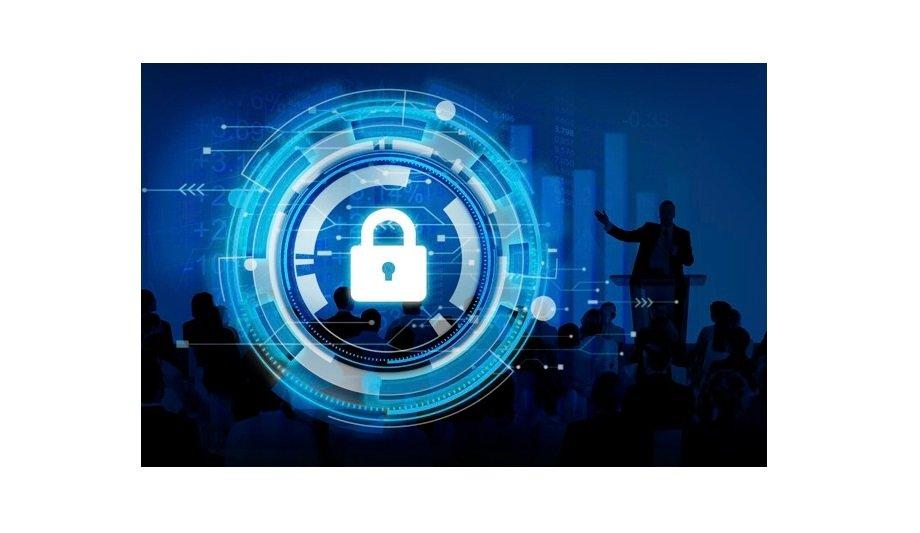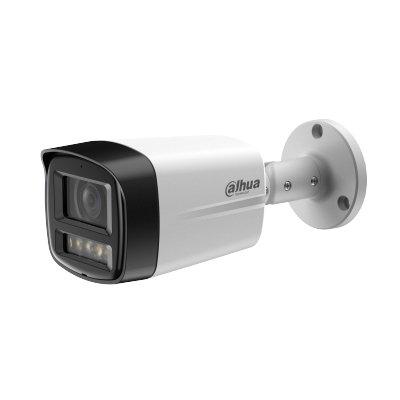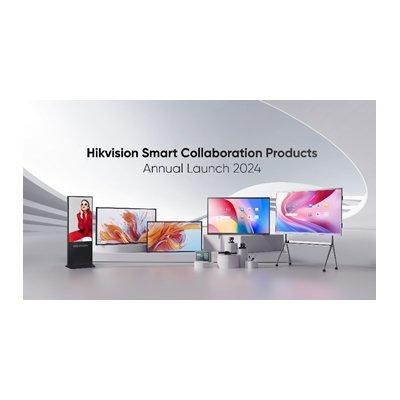According to the U.S. Bureau of Labor Statistics, a record 4.4 million Americans quit their jobs in September 2021. And while no one determining factor fully explains the “Great Resignation,” economists and psychologists alike suggest that changing attitudes toward the role of work in the human experience – should it come before childcare? Is it worth viral exposure? is a key driver.
But even as a push for human-centered approaches to employee experience takes hold in the new era of work, most HR departments are missing the opportunity to enhance safety and productivity for every employee by addressing physical security.
HXM to the rescue?
HXM delivers a more individualised employee experience through digital transformation
As companies vie to fill open positions, Human Resources (HR) departments have reached an inflection point due to a renewed focus on human experience management (HXM). HXM focuses on centering people and their experience throughout the career journey while delivering a more individualised employee experience through digital transformation technologies and tools.
Proponents of HXM also acknowledge that HR cannot thrive in its historical silo, instead of encouraging collaboration with other departments – as well as incorporating employee input. But amidst all the visionary planning, one key player has yet to enter the chat: physical security.
Streamlining workplace access boosts
A human-centered experience is a secure one. From a security perspective, users need to make sure the wrong people can’t enter the facilities without locking the right people out. Access management also has an important role to play throughout an employee’s career.
From hire to retire, employees need to move seamlessly between digital and physical workspaces – especially as work schedules become increasingly hybrid. And their particular access needs shift over time according to new roles with new responsibilities. There’s also the onboarding and offboarding experiences to consider – what impression does it leave with new and retiring employees?
By aligning physical and digital workforce identities, users can automate access policies
By aligning physical and digital workforce identities, users can automate access policies with one clear (and secure) view of all relevant data. Employees can move through their day, and their career, with less friction – and without compromising the company’s security posture.



















